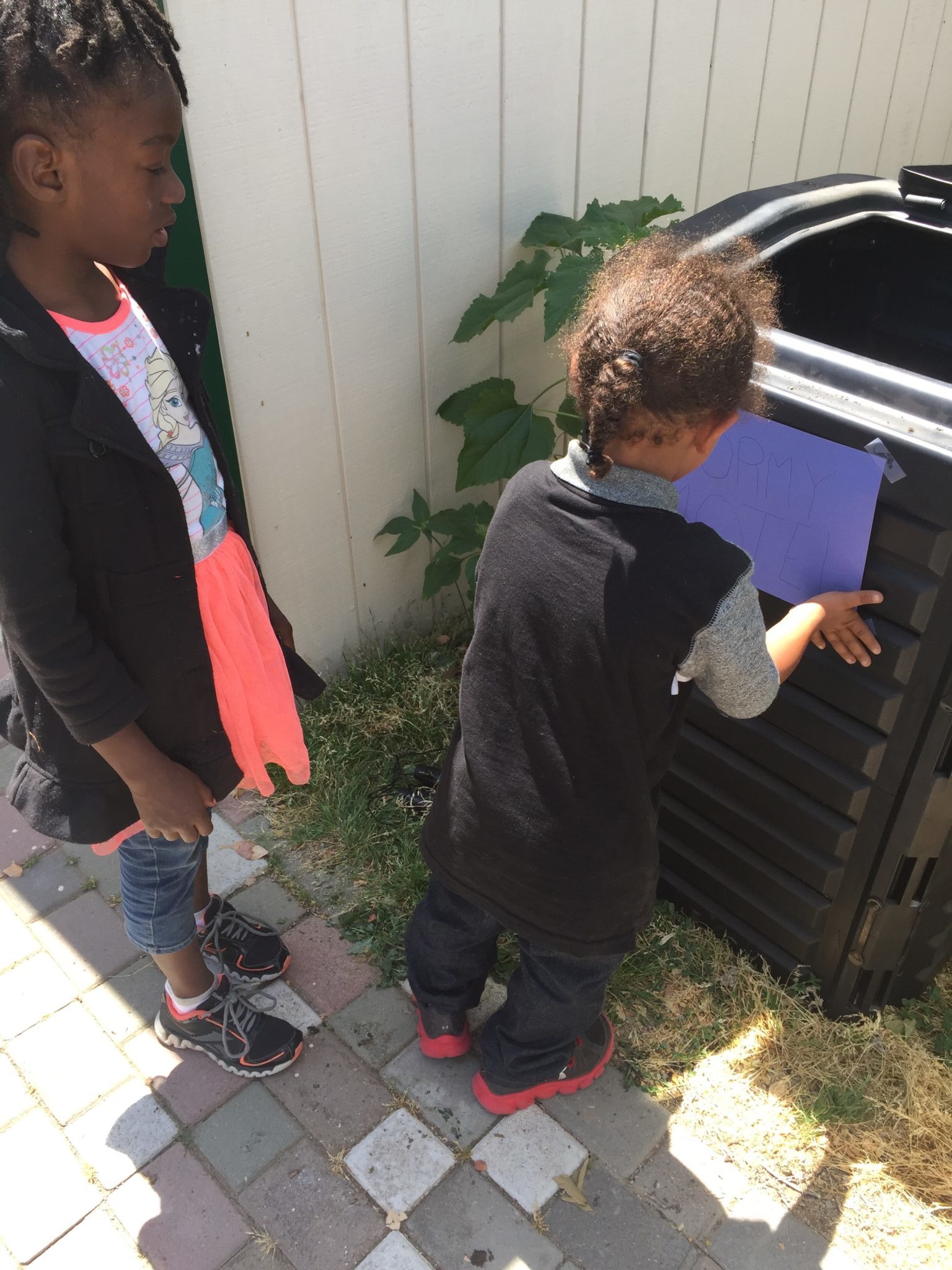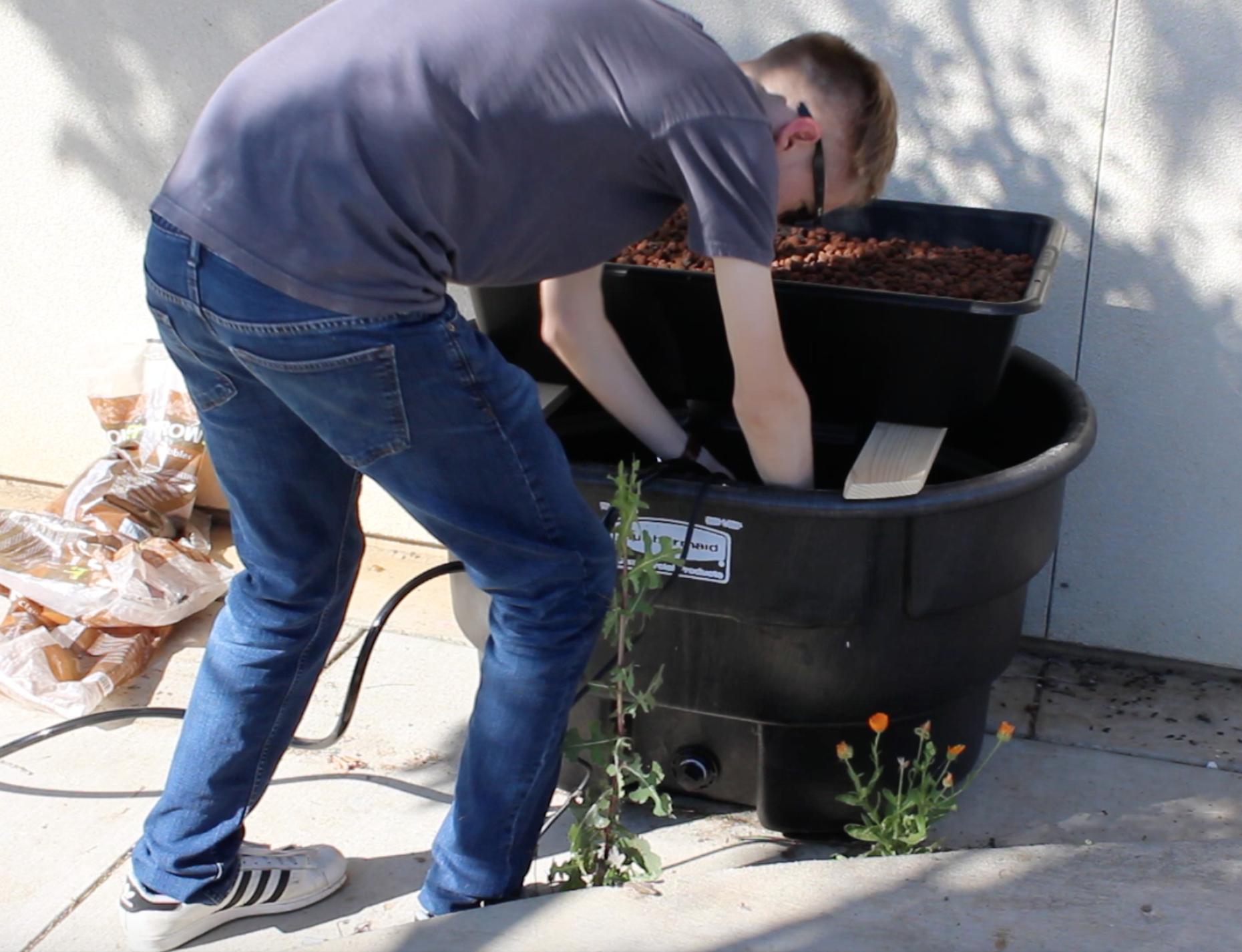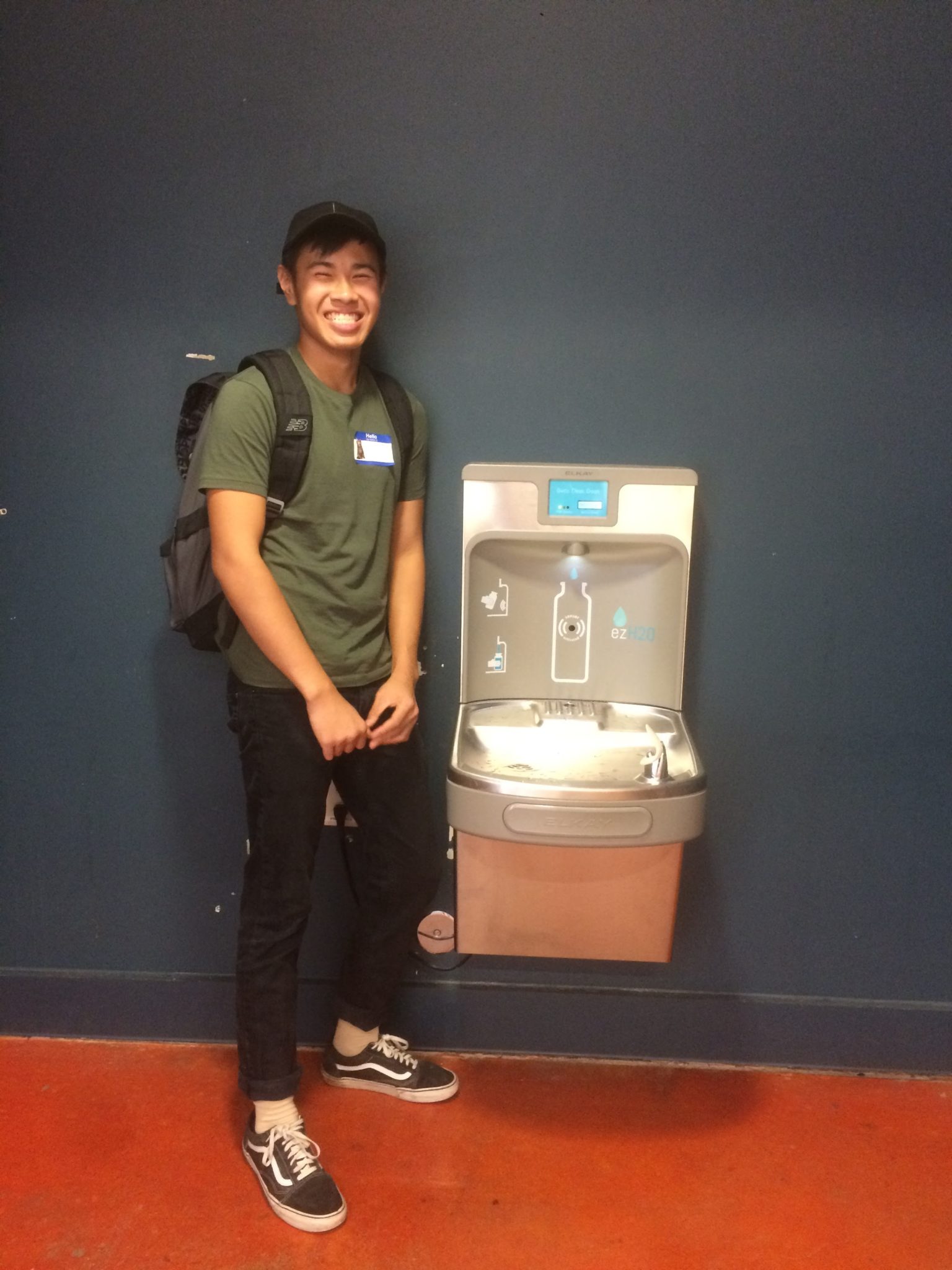2016, Alexandria, VA, USA
Despite the fact that students at George Washington Middle School in Alexandria, VA are introduced to recycling at a very young age and there are recycling bins in every classroom, 7th grader were shocked to learn that their school didn’t actually recycle. When they interviewed their principal, he explained that the budget did not include recycling and all recycling bins were dumped into the regular trash. The students spoke with leadership and learned that the City of Alexandria pays for schools to recycle. They worked with janitorial staff, and now George Washington Middle School is properly disposing the recycling bins.
Now that the school was recycling again, students wanted to be sure their peers were taking part. They created an incentive program in which student volunteers monitor the waste and recycling receptacles at lunch and reward students who use the correct bins, allowing them to choose from a “treasure chest” filled with items like pens, candy, and magnets. After 10 consecutive days of recycling, students who participated will be asked to paint their name on a recycling bin in the school’s cafeteria. The cost of treasure chest items is about $300, which will be funded by Nutrien.












